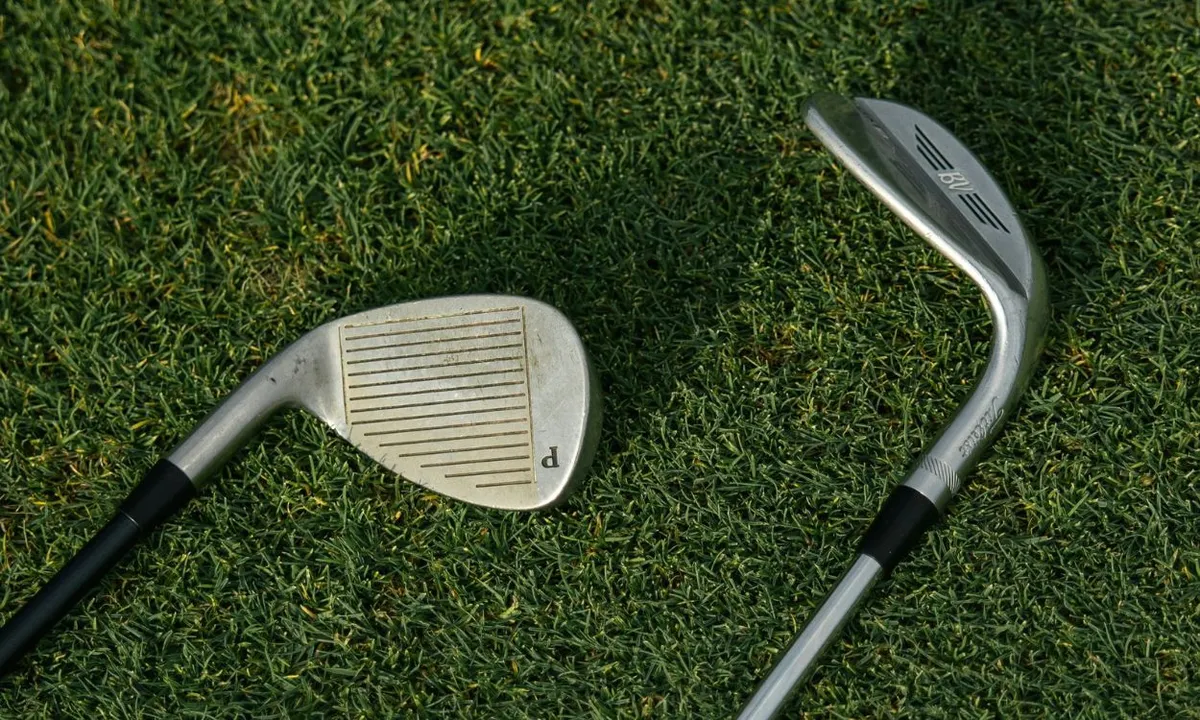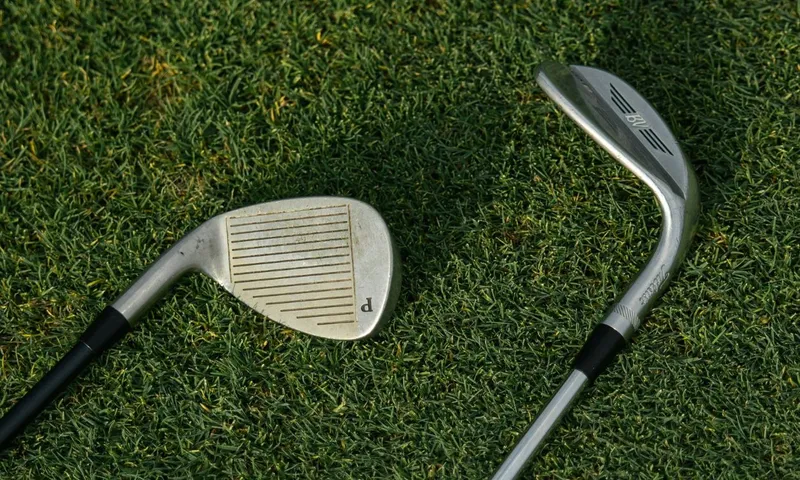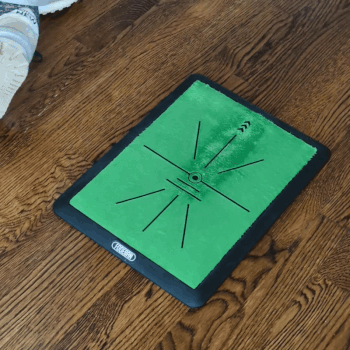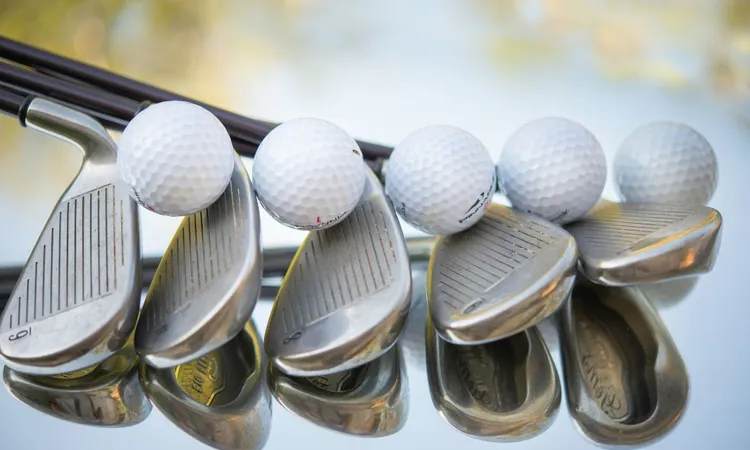Choosing the right sand wedge can be a game-changer for golfers who want better bunker play, controlled approach shots, and reliable short-game performance. The key question—what degree is a sand wedge—often leads to confusion, because different manufacturers and player preferences result in lofts that range around 54° to 56°, or even slightly higher.
Still, there is a good reason this club is known for getting you out of tough spots. Sand wedges typically feature a wider sole to help glide through sand or soft turf without digging, and their loft helps produce a steep flight path so the ball lands softly. Understanding how loft affects performance will help you select the right wedge for your style and the course conditions you face.
The Standard Loft of a Sand Wedge
Although many golfers point to 54°–56° as the “traditional” sand wedge loft, the reality is there is no single universal standard. Modern wedge options offer more customization than ever, allowing players to fine-tune loft based on personal preference and typical course conditions. Golfers seeking a slightly higher launch may gravitate toward the 56° end of that range, while those who prefer a flatter trajectory and more rollout might choose 54°.
This customization often sparks confusion, especially when comparing wedges of similar lofts but different designs. Lob wedges commonly start at 58° or higher, yet they can appear similar to certain “strong” sand wedges. However, a lob wedge generally has a narrower sole and less bounce, making it less forgiving in deep bunkers. Meanwhile, a pitching wedge, with lofts typically ranging from around 44° to 48°, is intended more for full swings from the fairway than for hitting out of hazards or stopping quickly on fast greens.
How to Fix Swing Flaws From Home Without a Coach or Expensive Gadgets
Struggling with thins, fats, slices—or just can’t tell what’s going wrong?
This swing mat shows you exactly how your club strikes the ball, giving instant visual feedback after every shot. With just a few swings, you’ll start spotting mistakes in your swing path that are otherwise invisible.
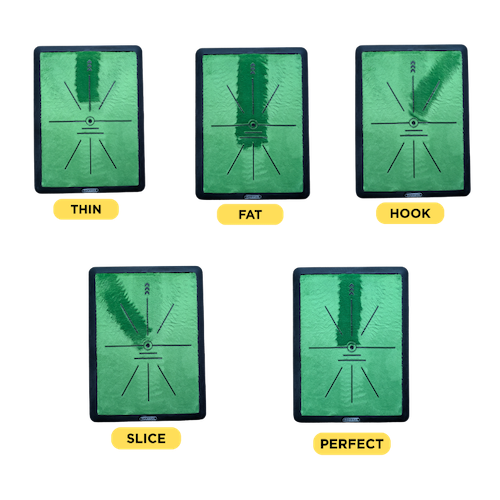
It’s a quick, low-hassle way to connect what you feel in your body with what’s really happening at impact.
Use it indoors or out, no ball required—just swing and learn. It’s one of the fastest ways to improve your swing right from home.
Loft is the primary reason a sand wedge feels like a short-game savior. Imagine tossing a ball underhand, sending it high into the air so it drops softly where you want it. That is the effect of a higher-lofted sand wedge: the ball pops up with a steep trajectory, lands gently on the green, and rolls minimally. A 56° wedge, for example, often creates substantial backspin, so the ball checks up quickly after landing.
Lower loft angles—such as 54°—still provide enough lift to escape bunkers but launch the ball on a slightly flatter path. Some golfers prefer this flight when they have ample green to work with, or when they need a wedge that can handle more than just sand shots. In either case, the loft you choose influences not just how high the ball flies but also how quickly (and where) it stops. That is especially critical around the greens, where precision can make all the difference in saving strokes.
Comparing Sand Wedge Lofts
Small loft variations may not sound like much, yet even a 2° difference can alter ball flight, spin rate, and overall control. The 54° wedge typically flies a bit lower and runs out more upon landing, which can be a benefit on firmer courses and in scenarios where you want more roll toward the hole. Conversely, the 56° wedge usually launches the ball higher and produces more spin, resulting in a steeper landing angle that helps the ball stop quickly, making it ideal for deep bunkers or elevated greens.
A common follow-up question is whether a 60° wedge can serve as a sand wedge. Technically, you can attempt it, but most 60° wedges—often labeled as lob wedges—have lower bounce and narrower soles than sand wedges. This design can cause the club to dig into fluffy sand or catch the leading edge in a bunker. While a lob wedge’s higher loft is useful for getting the ball over a steep lip, the lack of bounce can be a disadvantage in typical bunker conditions, where the sand wedge’s sole design is a better match.
How Loft Fits into Your Wedge Setup
It helps to view your wedges as a collective unit rather than standalone clubs. If your pitching wedge is around 46°–48°, then a sand wedge in the 54°–56° range complements it by offering a clear difference in distance and trajectory. Many golfers also include a gap wedge (often called an A wedge), which typically falls between about 49° and 55° to bridge the distance between the pitching wedge and sand wedge. This approach wedge can be especially helpful for mid-range shots—those tricky distances where a pitcher is too strong, but a sand wedge is not enough.
Having a consistent loft progression ensures that you are not forced to either muscle one club or baby another just to cover yardages in between. For example, a golfer might carry a pitching wedge at 48°, a gap wedge at 52°, a sand wedge at 56°, and a lob wedge at 60°. This progression allows a more natural spacing of distances, preventing large jumps that require awkward half-swings. In this system, the sand wedge remains a specialized tool for greenside bunkers and delicate chips, while the gap wedge handles longer pitches and full swings from the fairway.
Adjusting Loft for Course Conditions
Golf course conditions can vary widely, so it is wise to consider which sand wedge loft will perform best on the terrain you most often face. In soft, fluffy sand, a 56° wedge with higher bounce slides underneath the ball more easily, popping it out in a high, soft flight. This combination of loft and bounce helps prevent the club from cutting too deeply into the sand.
On firmer surfaces, such as hard-packed bunkers or tight lies around the green, a 54° wedge can be a better match. The slightly lower loft interacts with the turf more cleanly, letting you nip the ball off the ground or skim it through a bunker with less risk of chunking. If you do encounter compacted bunkers with steep lips, you might consider a balanced approach—enough loft (around 56° or 58°) combined with sufficient bounce to handle the firm sand effectively.
Conclusion
Selecting a sand wedge involves more than just picking the right degree. Loft dictates the initial launch and stopping power of your shots, but the wedge’s sole design, bounce, and how these elements match your swing and course conditions are equally important. Still, focusing on the typical sand wedge range of 54°–56° provides a reliable foundation for consistent bunker play, approach shots, and short-game control.
The best wedge setup ultimately depends on your distance gaps, personal style, and the types of courses you frequent. By understanding how loft affects performance, you can dial in your gear and step confidently into every sand shot, knowing your club is designed to do exactly what you need.
